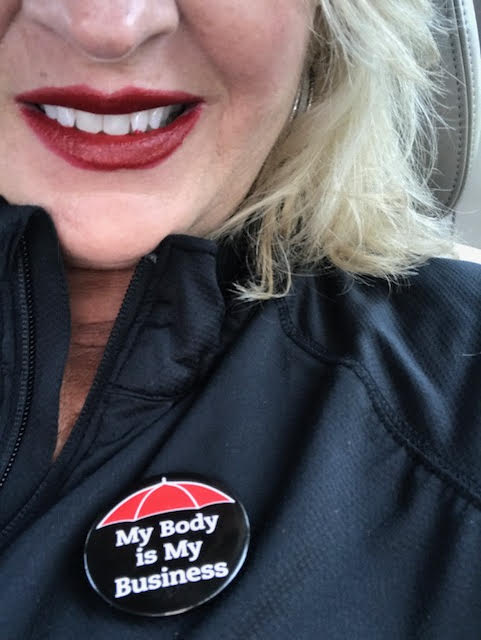An unholy mix of gentrification and trafficking hysteria created the perfect political climate to allow law enforcement to shutter several New Orleans strip clubs, leaving scores of dancers unemployed. The Bourbon Alliance of Responsible Entertainers rapidly sprung into action; they disrupted the mayor’s press conference and organized the Unemployment March the following night, which drew… Continue reading Activist Spotlight: BARE on the Mass Closure of Strip Clubs in New Orleans
Category: Activism
Black Trans Sex Worker Leaders Reflect On December 17th
For this International Day To End Violence Against Sex Workers, Tits and Sass asked two Black trans sex worker leaders what the sex workers’ rights movement should be doing in the face of the epidemic of violence against sex working trans women of color. Ceyenne Doroshow is an activist role model in the trans sex… Continue reading Black Trans Sex Worker Leaders Reflect On December 17th
Activist Spotlight Interview: PJ Starr On Marcia Powell And Prison Abolition
Editor’s note, 8/31/2017: In light of Trump’s pardon of former sheriff Joe Arpaio for his contempt of court conviction re: the order to cease his reign of terror against immigrants in Arizona’s Maricopa County, we’re posting an updated edition of my September 2014 interview with PJ Starr. I interviewed Starr on her documentary about Marcia Powell,… Continue reading Activist Spotlight Interview: PJ Starr On Marcia Powell And Prison Abolition
Tits and Sass Supports The Anti-White Supremacist Protesters of Charlottesville
For our readers who’d like to help, we put together a list of local organizations which stand against white supremacy and fundraisers for victims of the white nationalist violence at Charlottesville: Fundraiser for the family of Heather Heyer, the counter-protester murdered by a white nationalist driving into a crowd on Saturday. This fund has met… Continue reading Tits and Sass Supports The Anti-White Supremacist Protesters of Charlottesville
Activist Spotlight: Alex Andrews on SWOP Behind Bars And Service Work
Alex Andrews is the 53-year old lead organizer of both SWOP-Orlando and SWOP Behind Bars and the new North American representative to the Global Network of Sex Work Projects (NSWP). For almost a decade and a half in her younger years, she did various forms of sex work—beginning with stripping to supplement her hair dressing… Continue reading Activist Spotlight: Alex Andrews on SWOP Behind Bars And Service Work




